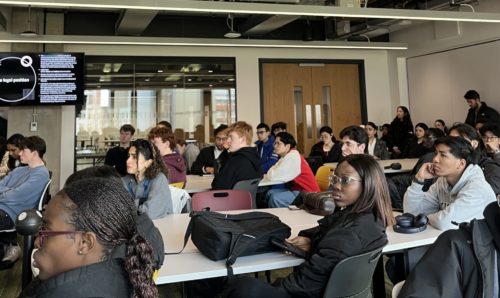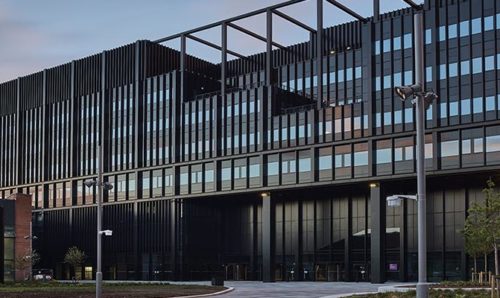When Doctor Who came to Jodrell (and UoM’s other sci-fi hits)
Robotics and AI UOM life 12th December 2018
Did you know that without mathematicians, the entire Universe would crumble and decay into nothing? At least, that’s according to a classic episode of Doctor Who (our School of Mathematics colleagues are good, but even they’re not holding-together-the-very-fabric-of-the-Universe good).
Logopolis is the final instalment in the adventures of the Fourth Doctor, played by the legendary Tom Baker. It is famous for introducing the Fifth Doctor, Peter Davison, but it also has a link that’s much closer to home.
The episode sees the Doctor called to Logopolis – a planet inhabited by mathematicians who not only create and control objects and space-time using the pure mathematical process of Block Transfer Computation (yep, we’re lost too), but who are also responsible for preventing the collapse of the very Universe we live in. The intergalactic maths squad do this by using yet more maths to maintain the Charged Vacuum Emboitements that keep the Universe from being devoured by entropy (no idea…).
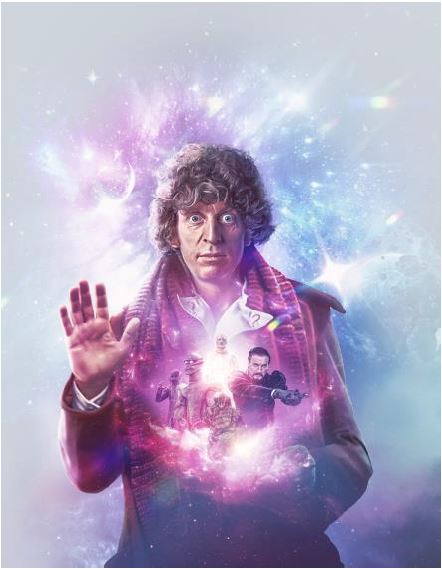
The episode, which culminates in a battle of wits between the Doctor and his nemesis the Master, the Doctor’s death and his subsequent regeneration at the end of the episode, was originally going to be filmed at our very own Jodrell Bank Observatory. However, it wasn’t to be, and the scenes were shot at Crowsley Park – a country estate owned by the BBC. Scale models were used to represent the Lovell Telescope, which this year celebrated its 60th anniversary. Indeed, the poor Doctor fell to his death (and rebirth) after dangling by a cable from a model of the telescope.
However, a special new release has given Jodrell Bank the starring role that was originally intended. A special feature on the newly released Doctor Who – The Collection: Season 18 sees the integral scenes taking place in the shadow of the real Lovell Telescope. And luckily, Associate Director of the Jodrell Bank Centre for Astrophysics Professor Tim O’Brien was on hand to get a few snaps of the shoot (see first image).
UoM in the movies
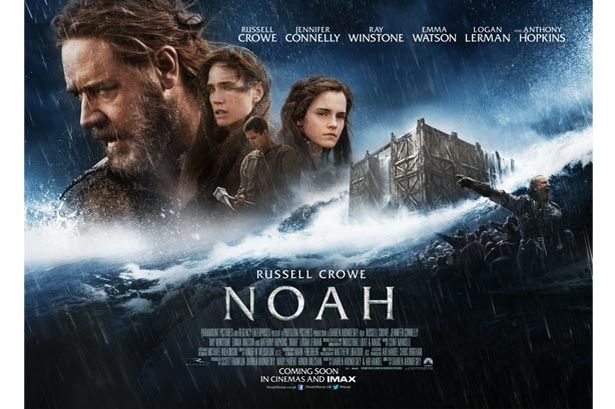
This isn’t the first time The University of Manchester and its people have been instrumental in bringing science to the screen. Professor Brian Cox was a science consultant on Danny Boyle’s sci-fi hit Sunshine. In fact, not only did he provide guidance during the writing stage, but he also served as inspiration for the main character, a physicist, portrayed by Cillian Murphy.
And just a few years ago, Dr Ben Parslew, Lecturer in Aerospace Engineering, had the opportunity to serve as a ‘bird consultant’ on the Darren Aronofsky film Noah. Dr Parslew, who was studying bird motion as part of his PhD at the time, worked with the producers and animators to ensure that the flocks of birds featured in the film looked natural.
“The experience was great, if quite different from my previous research,” Dr Parslew tells us. “The animation house would send me images and videos of their animations of flying birds from various scenes from Noah. I would then study the work, critique it and give feedback.”
Of course, if there’s one thing that the story of Noah is known for, it’s that it features a lot of animals – so making them look real was no mean feat. “I would give general guidance on which motions were looking unrealistic, and suggestions of how to improve them … and I would try to ground my arguments with some science, but framing it for a lay audience,” Ben explains. Luckily, the film’s producer, Ari Handel, is himself a scientist, and so making the movie as realistic as possible was important to him.
“The way the bird moves its wings and its body when it flies is really critical for realism. That might sound obvious, but actually a lot of animators spend their efforts on things like getting the feathers perfectly coloured and textured, or getting the finer details added for things like eyes and beaks and claws. But actually, if it isn’t moving realistically, all of these extra features don’t really add much to the realism,” Ben says. “I think the most fundamental thing that often goes wrong in animations is the ‘flapping frequency’ – the number of times the bird beats its wings per second. This is the thing that, without necessarily knowing it, I think we humans have a pretty good intuition for, and so when it’s not accurate in animations of birds it feels quite unnatural.”
Jumping jackdaw flash
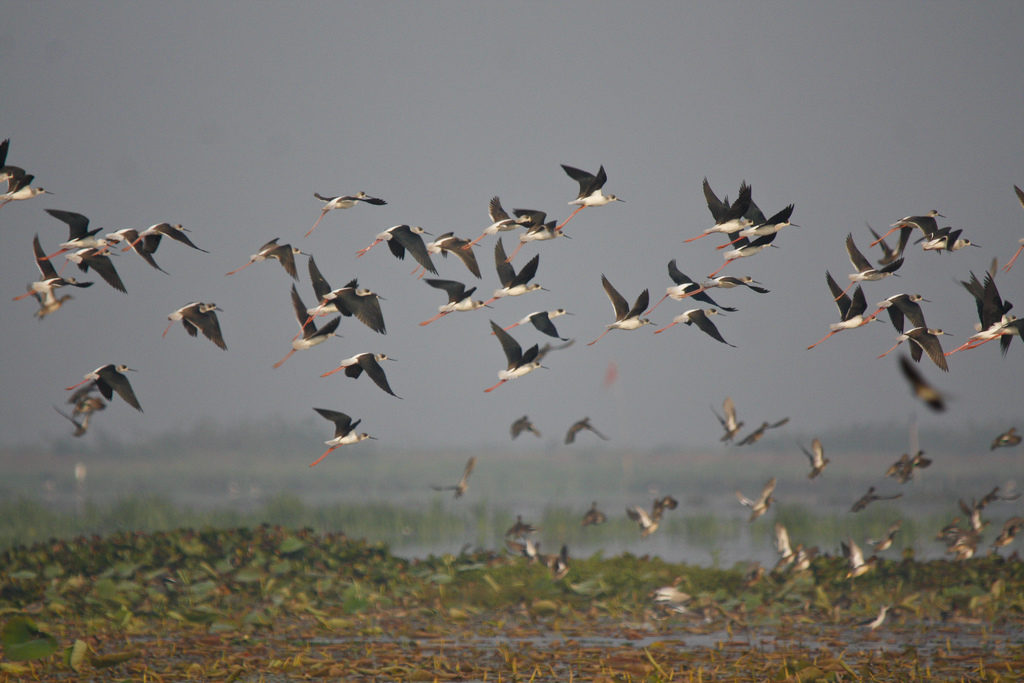
Dr Parslew’s latest research investigates the evolution of flight in birds – one of biology’s great unanswered questions. A major part of solving this puzzle is understanding how take-off works – and Ben found that a key component of this is the way in which birds (and every creature that jumps, including us) pitch themselves.
“The secret to avoiding toppling and performing a stable jump is the selection of jump direction and pitching, and that goes for any jumper. Certain jump directions (such as steep or vertical jumps) can be achieved easily without pitching. Others (such as very shallow leaps) can only be achieved by pitching the body while jumping – without the pitching, the jumper would topple over before leaving the ground,” he explains.
Understanding the biometrics of how birds jump is instrumental in designing and building agile robots that can also jump – without falling over. Ben and his team were able to show for the first time that looking at the individual movements of the bird’s wings or leg segments was less important than looking at the bird’s jumping formation as a whole.
“One of the really useful things about jumping is that it allows you to avoid obstacles and traverse complicated terrain,” Ben explains. “Traditional robots with wheels or tracks are fine for flat terrain or smooth hills, but in really dense cluttered terrain they falter. This is really significant, because one of the places to use a robot rather than a human is in inhospitable terrain – this could be traversing rubble after an earthquake, or travelling through clutter in a nuclear reactor, or even exploring the rocky surface of Mars.”
Who knows; maybe one day Dr Parslew will also find himself called to advise on a new episode of Doctor Who. Just imagine – jumping Daleks.
Words – Hayley Cox
Images – Prof Tim O’Brien, BBC, Movie Marker, Faisal Akram
engineeringevolutionJodrell BankmoviesPhysicsroboticsscienceSpace



